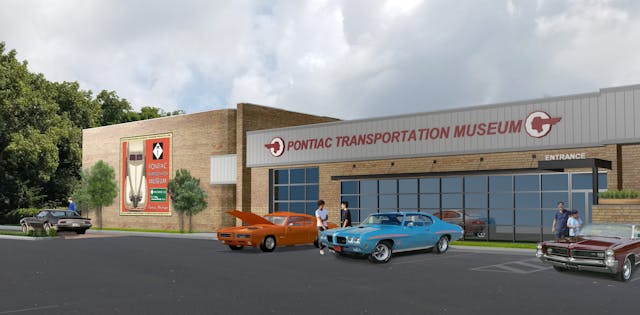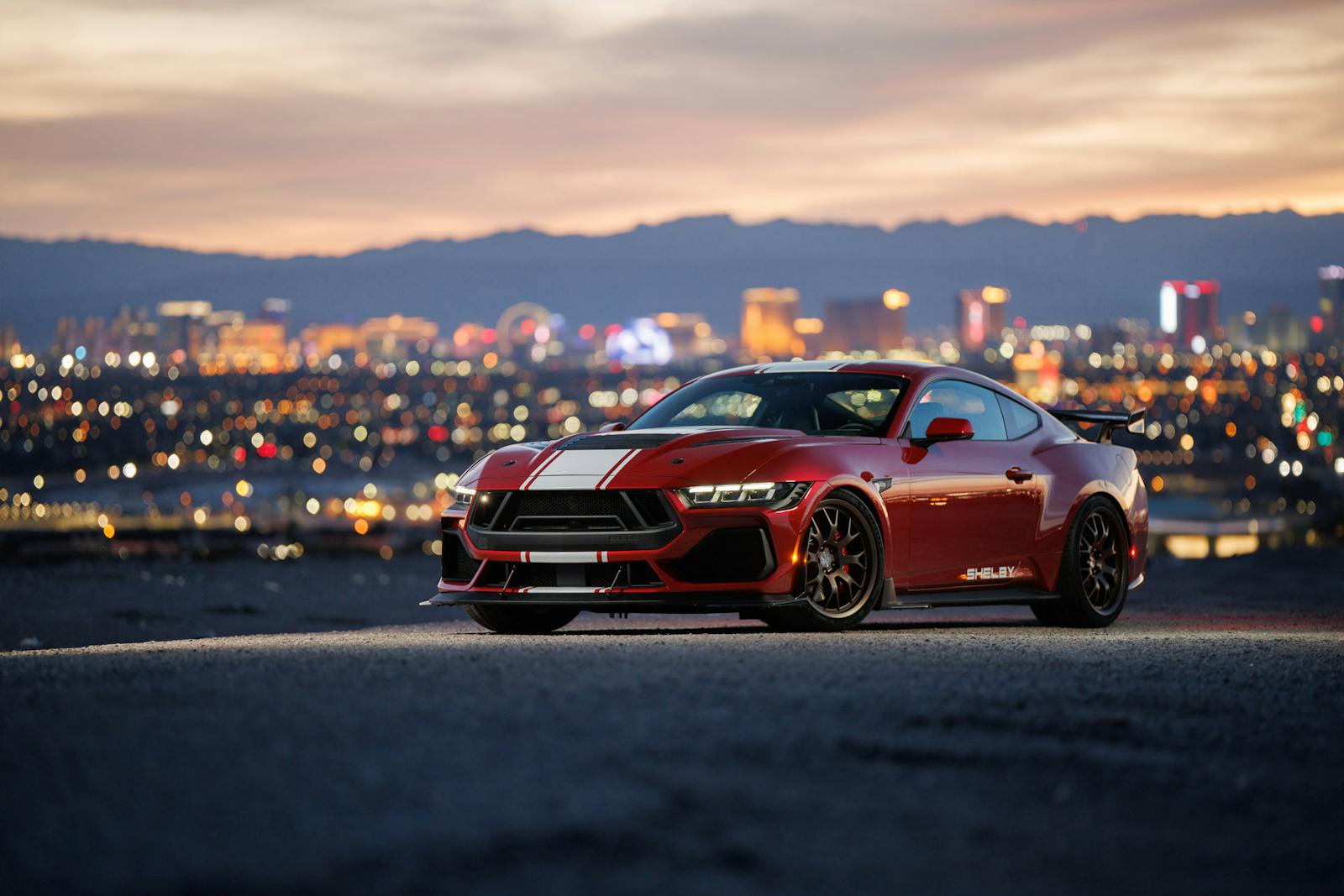Pontiac enthusiast driving effort to create new Detroit-area museum
Tim Dye doesn’t have to convince his fellow Pontiac lovers that two museums dedicated to the orphan GM brand are better than one. Dye, founder of the Pontiac Oakland Auto Museum on Route 66 in Pontiac, Illinois, plans to open a second museum in Pontiac, Michigan—much closer to where the cars were actually produced.
Dye already has the building. Retired real estate broker Mark Thomas donated the former Crofoot Elementary School, which closed in 2010, along with the adjoining grounds at 250 W. Pike St. in Pontiac. Dye also has accumulated 55 display cars so far, including a dozen of his own and some that Thomas donated from his personal collection.
What the museum needs now is financial help for building renovations. Dye recently told potential donors that it will take approximately $1 million to “get the doors open.” The Pontiac Transportation Museum carries the same 501(c)3 nonprofit designation as its Illinois museum sibling.
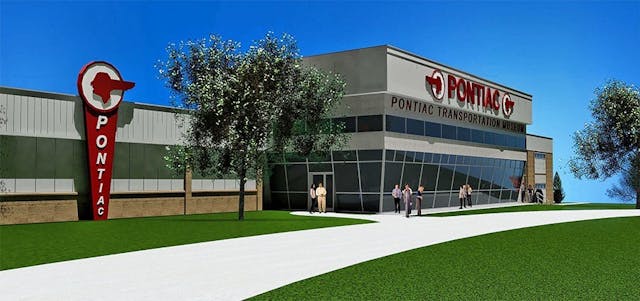
“Two key things we’ll do at this museum is preserve and communicate history,” Dye told a group that toured the future museum. “But we also want to help revive the city of Pontiac.”
According to the Pontiac Transportation Museum website, the facility “is being created to showcase examples of the cars, trucks, and other vehicles designed or built here—and the culture that truly changed the nation and the world … Through the museum’s existing and growing collections, we will endeavor—through displays, teaching, and community programs—to help educate and inspire young people to chart their own destiny in an increasingly technical world.”
Starting in the 19th century, the transportation industry became the pulse of Pontiac, which saw decades of phenomenal growth, followed by economic down cycles, industrialization, and now is experiencing a re-emerging downtown. Among the dozens of companies with local roots, two of the largest became General Motors’ Pontiac Motor Division and GMC Truck and Coach.
“In Illinois, the city owns the museum building and provides it free to us, but Pontiac, Illinois, has no history with the car,” Dye told the Detroit Free Press. “Here in Michigan, this is where it all began, not just the Pontiac car but the entire transportation industry …”
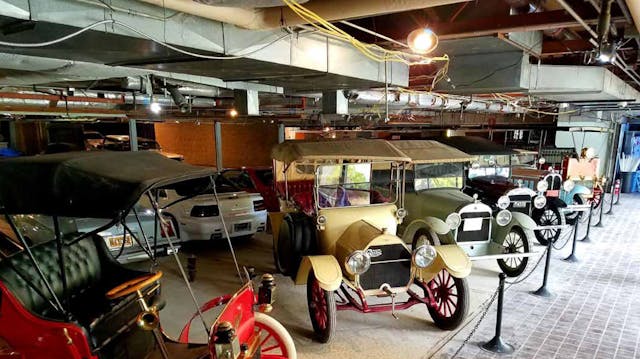
Dye says that in addition to the 20 cars in his collection, he is caretaker of the largest Pontiac library in the world. “When GM announced they were discontinuing Pontiac, I looked at my wife (Penny) and said, ‘I guess it’s up to us.’ We had to preserve this.”
He edits and designs a monthly Pontiac newsletter that has 10,000 subscribers.
In addition to an automobilia collection that also includes showroom brochures, ad posters, model cars, ashtrays, matchbooks, and more, Dye collects everything related to the brand’s Native American namesake. In fact, he’s writing a book about the legendary Chief Pontiac, whose Ottawa tribe once inhabited Oakland County.
Dye realizes that some may consider the Pontiac name offensive, but “luckily, Pontiac Motor Division was very respectful of how they referred to Chief Pontiac.” He has also met with representatives of the Ottawa tribe. “By the time we open up the museum, we hope to have their blessing,” he told the Free Press.
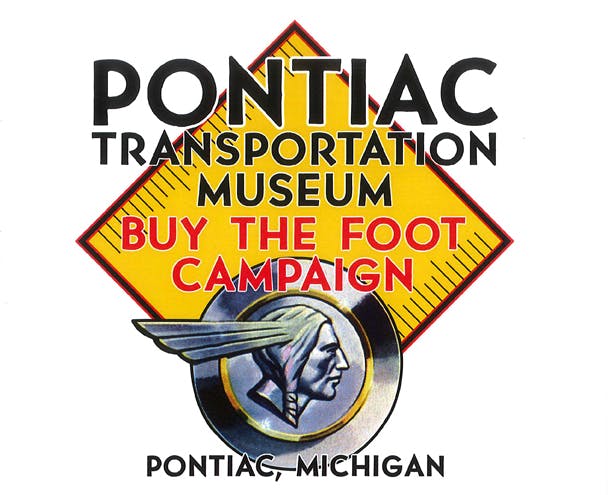
Dye says the Pontiac Transportation Museum, located in a historic neighborhood, is “well-equipped to reach out to the Pontiac schools and community.” Among the ways he hopes will engage youth are activities that integrate science, technology, engineering, art, and math.
He hopes the museum will one day attract 50,000 visitors a year. The Illinois museum averages about 18,000 visitors annually.
The pandemic has taken its toll on fundraising efforts so far, but Dye hopes the new Motor Bella outdoor auto show—scheduled for September 21–26 at nearby M1 Concourse—will give it a boost by making more people aware of the project.
He says the museum will focus on the cars, not fancy architecture.
“We envision cement floors and a real basic interior,” Dye says. “The cars and the displays are the things we’re concentrating on.”
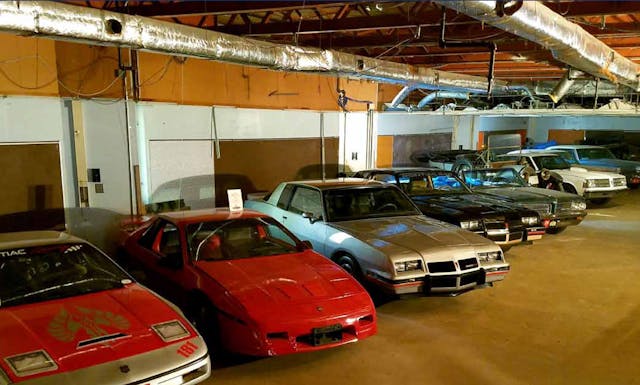
In addition to the Pontiac brand, the museum will also include other vehicles built in the area, including early 1900s Rapid trucks, arguably the first successful commercial trucks on the market, and the Flanders electric car, which dates to 1911. Also part of the area’s rich transportation history are locally built buses, motorhomes, motorized bicycles, amphibious vehicles, and tractors.
“Within this 125 years of transportation history,” the website states, “are several long-forgotten marques, break-through technical innovations, huge manufacturing facilities, urgent war-time conversion to military vehicles, the birth of the American muscle car and meteoric rise of the Pontiac brand, and production of more than 16 million cars and trucks through the boundless energy and dedication of many remarkable people.”
For more information or to make a donation, visit the Pontiac Transportation Museum’s website or Facebook page.
